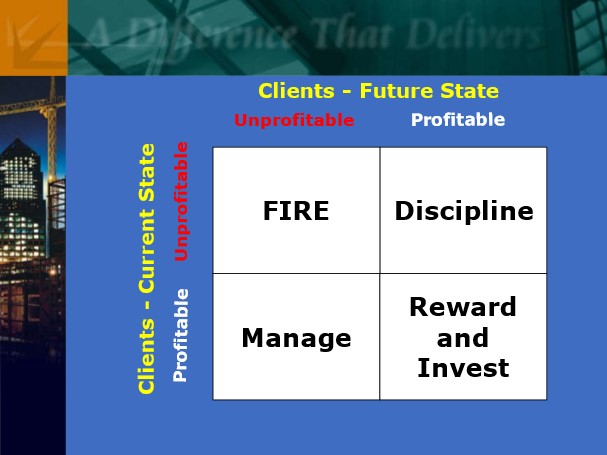Roses are red; violets are blue. If you are nice, I will stick with you.
Why am I starting my blog off with that saying? Well, it’s the reality of today’s business environment and how that same environment will likely motivate the Architects and Engineers industry to be more choosey with client selection.
Not All Clients Are Created Equal
Industry data indicators report “client selection” as one of the largest contributors to claims. Underneath the surface of this data traces issues that include:
- 4 percent — Owner’s contractor selection: Low-bid vs. QBS
- 42 percent — Owners aren’t knowledgeable in project design/construction issues
- 35 percent — Client history of claims and litigation
These descriptions are essentially professional-speak for the fact that not all clients are created equal. Some clients are, well, “difficult.” They vary in their understanding of your role, the construction process, and legal elements. They place blinders up of their financial drivers and financial capabilities, and that removes them from an “ideal client.”
We also see design professionals misstep and, unfortunately, pursue the project instead of the client.
Word of warning — there are some clients you simply cannot afford to do business with considering the pressing economic trends, insurance availability, affordability, and management challenges.
Determining the Ideal Client
So, what can you do when determining which clients to work with? A good exercise is to ask your team this, “what makes an ideal client?”
From there, think about favorable behaviors you’d like your clients to have, such as a client that engages in discussions about their business strategy with an interest in the total capabilities of your firm and how it may add value, collaboration efforts that lead to realistic budgets and schedules, criteria as to how they will evaluate your work on the project, and their communication style and dispute resolution philosophy.
Ideal Client Matrix
As you’re most likely aware, we’re presently in state of external factors that are outside of our control. The one factor you don’t want to lose sight of is your most important resource — your people.
As we continue to see the draining of available talent and internal fatigue, we advise you do a thorough intake review of new clients and current clients. Measure the current and future potential. Calculate the “cost” of a particular client on your internal talent resources.
To help, I’ve added a matrix below that’s divided between “profitable” and “unprofitable.” This is from the DPIC Companies 2003 Client Selection “The First Step in Sound Risk Management.” 
Based on an evaluation of your current clients, here are actionable steps:
Manage
If a client is currently profitable and predicted to be unprofitable in the future, you’ll want to ensure you’re managing them appropriately. Remember, the future is uncertain, so make sure you are charging an adequate rate, you exercise healthy scope and contract negotiations, and you continue to keep an eye on them.
Reward and Invest
If a client is currently profitable and predicted to be profitable in the future, reward them and invest in their future. Nurture the relationship by injecting yourself more into their business.
Fire
If a client is not currently profitable and will not be in the future, fire them as clients. That sounds harsh, I know, but it is truly the reality of the world we’re living in. Finish up current project(s) and do not accept future projects.
Discipline
If a client isn’t currently profitable but may be profitable in the future, enforce discipline on them, such as increased rates, stringent contract and payment requirements, retainers, etc.
Collaborate with Experts
This is a tough topic, I get it. No one wants to turn away a potential client. That being said, some projects and clients can do more harm than good to you, your company, and your resources.
If you’d like to talk about this more in-depth or have questions, please don’t hesitate to reach out. We’d love to help you!







